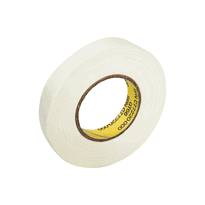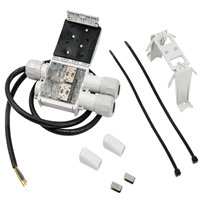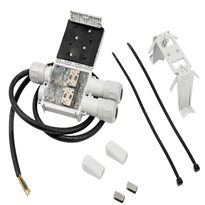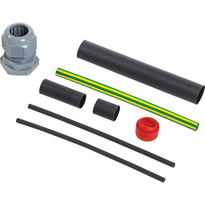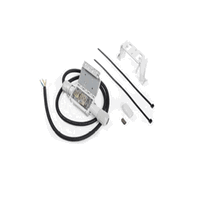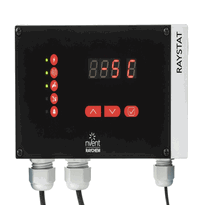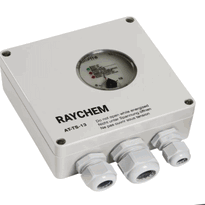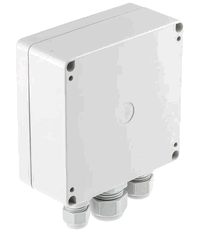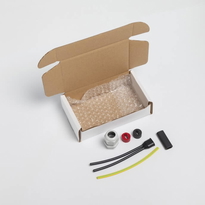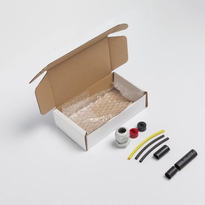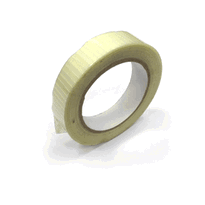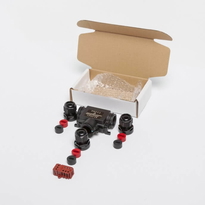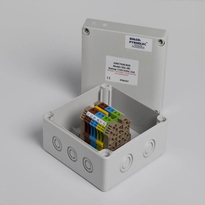Heat Tape for Wrapping Pipes
Heat tape for wrapping pipes is designed to prevent freezing by providing consistent, evenly distributed heat along vulnerable piping areas. Selecting an appropriate tape involves considering pipe material, climate conditions, and electrical standards, ensuring compatibility with voltages and waterproof features for outdoor use.
Proper installation includes thorough surface cleaning, careful wrapping without overlaps, and verifying connections for safety. Regular inspection and maintenance help to ensure optimal performance and longevity.
Continuing with this information will further clarify effective strategies for system safety and durability.
Choosing the Right Heat Tape for Your Pipes
Selecting the appropriate heat tape for pipes involves careful consideration of various factors to ensure effective and safe operation. Key aspects include the type of pipe material, environmental conditions, and desired thermal performance. Advantages of tapes include their ease of installation in situ, requiring no disconnection of pipe ends, which makes them highly practical for many applications. Different heat tapes are specifically designed for various pipe materials, such as metal, plastic, or composite. Using the correct type helps prevent damage to the pipes and ensures optimal efficiency. For outdoor or damp environments, opting for waterproof or weather-resistant heat tapes is essential to withstand exposure to moisture and harsh weather conditions.
Thermal output, measured in watts per meter, must be matched to the local climate. This ensures pipes are protected from freezing in cold weather while avoiding overheating that can cause damage to the pipe or the tape itself. Proper sizing of the heat tape involves selecting a length that adequately covers the pipe without excess, facilitating even heat distribution and preventing cold spots. It is also vital to ensure compatibility with safety compliance standards, such as UL certification, for peace of mind. Matching the voltage specifications of the heat tape to your electrical supply is crucial to guarantee safe and reliable operation.
Proper Installation Practices for Wrapping Pipes
Proper installation of heat tape begins with careful surface preparation, which is essential to ensure efficient heat transfer and prevent potential damage.
First, the pipe surface must be thoroughly cleaned to remove dirt, moisture, and grease, as these can reduce heat transfer effectiveness and cause damage. Cleaning the surface thoroughly is critical for optimal heat transfer. Using a gentle cleaner that does not leave residues will help maintain surface integrity.
Second, inspect the heat tape for visible damage; any tears or worn spots warrant replacement to maintain safety and performance.
Third, remove any old heat tape and smooth out sharp edges or protrusions on the pipe, preventing damage to new tape during application.
Fourth, verify that ambient temperatures exceed the minimum specified, typically above 14 °C, to keep the tape flexible and ensure proper adhesion and function. Ensuring proper thermal performance relies on correct environmental conditions during installation.
These steps lay a safe, reliable foundation for effective pipe heating.
Maintaining and Inspecting Your Pipe Heating System
Routine maintenance and regular inspections are essential to ensure the safe and efficient operation of a pipe heating system using heat tape. Regular visual checks should focus on identifying signs of damage such as cracks, fraying, worn insulation, or discoloration, all of which could compromise performance or pose safety risks. Properly maintaining heat tape extends its lifespan and ensures reliable performance. All wiring connections must be secure, free from corrosion, and show no exposed wires to prevent electrical failures. Inspect the pipe surfaces covered with heat tape for signs of moisture, which may indicate sealing issues that need addressing. Functional testing is crucial and can be performed using a multimeter to verify electrical continuity. Ensure thermostats respond correctly and that the system cycles on and off as intended. Conducting regular system checks can help identify potential issues before they lead to system failure. Maintenance tasks include cleaning away dust and debris, removing obstructions, inspecting insulation for damage, and promptly replacing any defective segments or components. Before the colder months, conducting seasonal tests guarantees the system’s reliability and reduces the risk of pipes freezing. Regular inspections and proactive maintenance will help keep your pipe heating system operating safely and effectively throughout the year.
Conclusion
Selecting an appropriate heat tape, installing it correctly in accordance with the manufacturer’s instructions, and conducting regular inspections are vital steps to ensure effective pipe protection. Proper installation minimises the risk of damage, reduces energy consumption, and extends the lifespan of both the heating system and the pipes. By following these comprehensive guidelines, users can reliably prevent freezing and related issues, maintaining a safe and functional plumbing system during colder months. Consistent maintenance ultimately guarantees maximum performance and long-term durability of pipe heating solutions.








